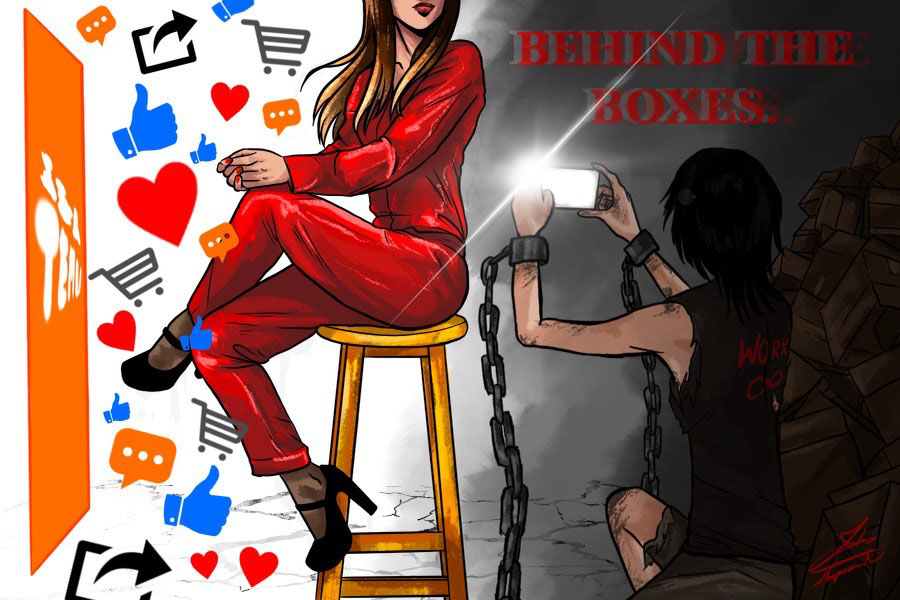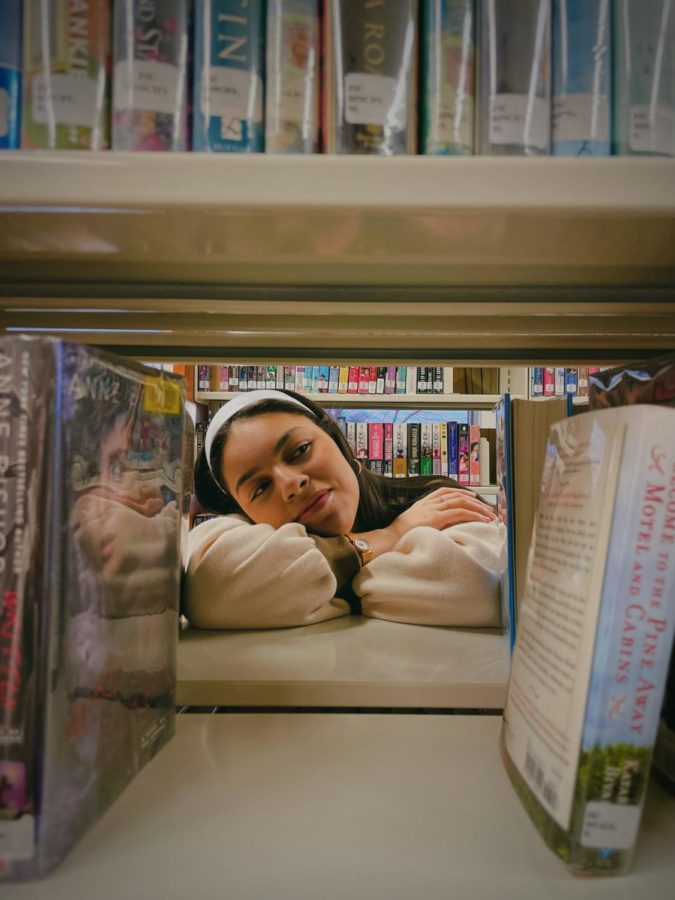Locked away behind bars and never to be read again. Their pages and lessons deteriorate in their age.
The banned book list has hit over 4,000. Millions of pages are shielded from the eyes of students. But why?
According to first amendment.mtsu, “Those advocating a ban complain typically that the book in question contains graphic violence, expresses disrespect for parents and family, is sexually explicit, exalts evil, lacks literary merit, is unsuitable for a particular age group, or includes offensive language.”
While the novel may express some controversial concepts and ideas, isn’t that the point?
We agree that children of younger age groups shouldn’t be exposed to such grotesque subjects due to them not being mature enough to handle the topics. However, the older students will thrive on the opportunity.
As a society, we thrive on the ability to learn and grow. How can we do so without the ability to learn from our mistakes? Or learn new concepts presented by other members of society?
Many of the books on the banned list deal with concepts such as sexuality, race, gender, and politics. According to publicschoolreview.com, “Not exposing children to these themes could lead to a lack of empathy, critical thinking skills, and awareness of societal problems.”
As explained above, this censorship may be seen as a way to protect students, but it could actually damage them in the process.
The lack of empathy and awareness of societal problems will end up providing us with a cold and unforgiving society.
We don’t know about everyone else, but we would rather live in a society where we fight for change, one where we learn and grow. Not a society where we remain stagnant in a world without the possibility to do better.
Learning to fight for change and learning empathy starts in the classroom. Banning books is prohibiting this process and locking students’ brains behind bars.









